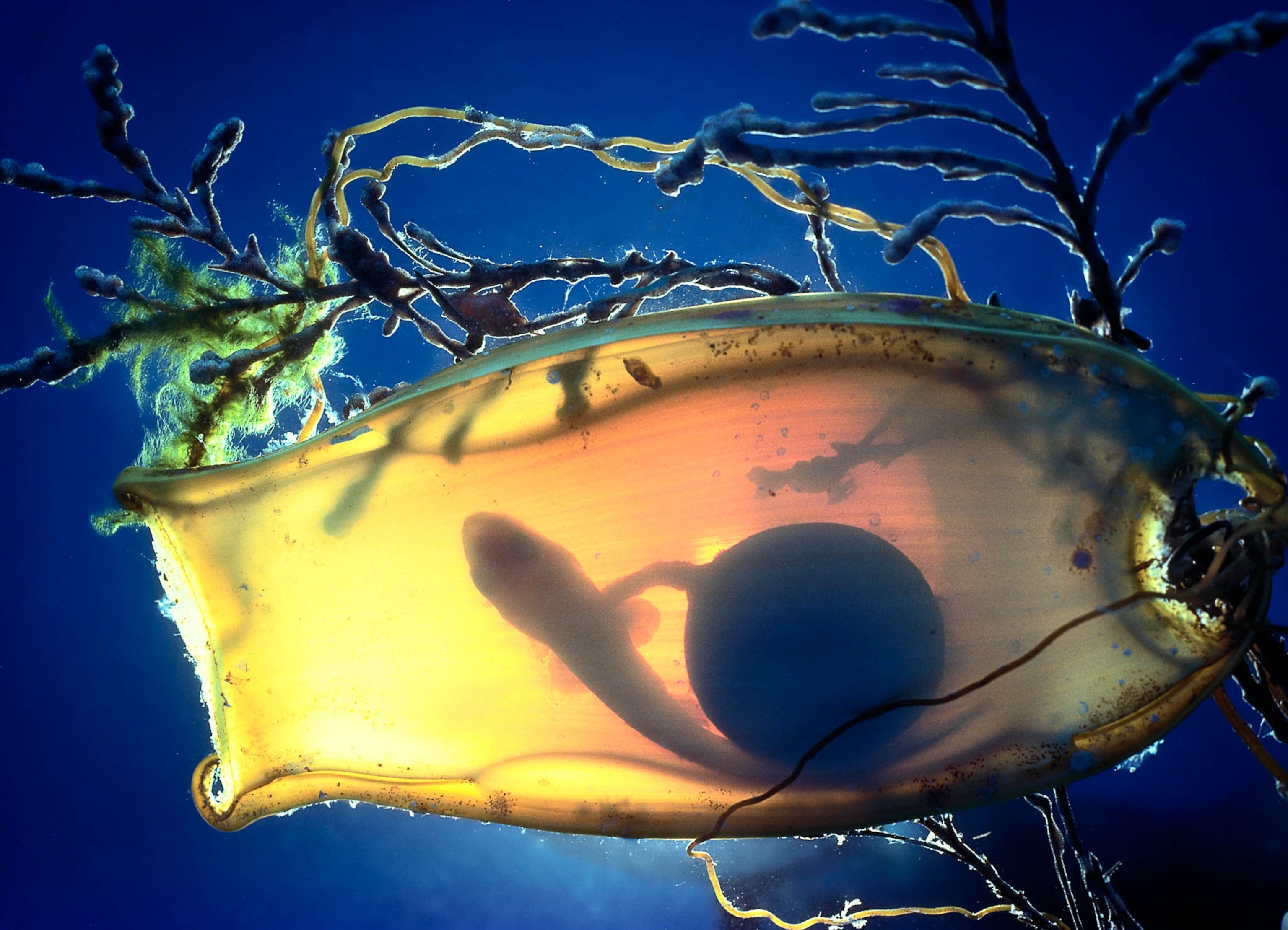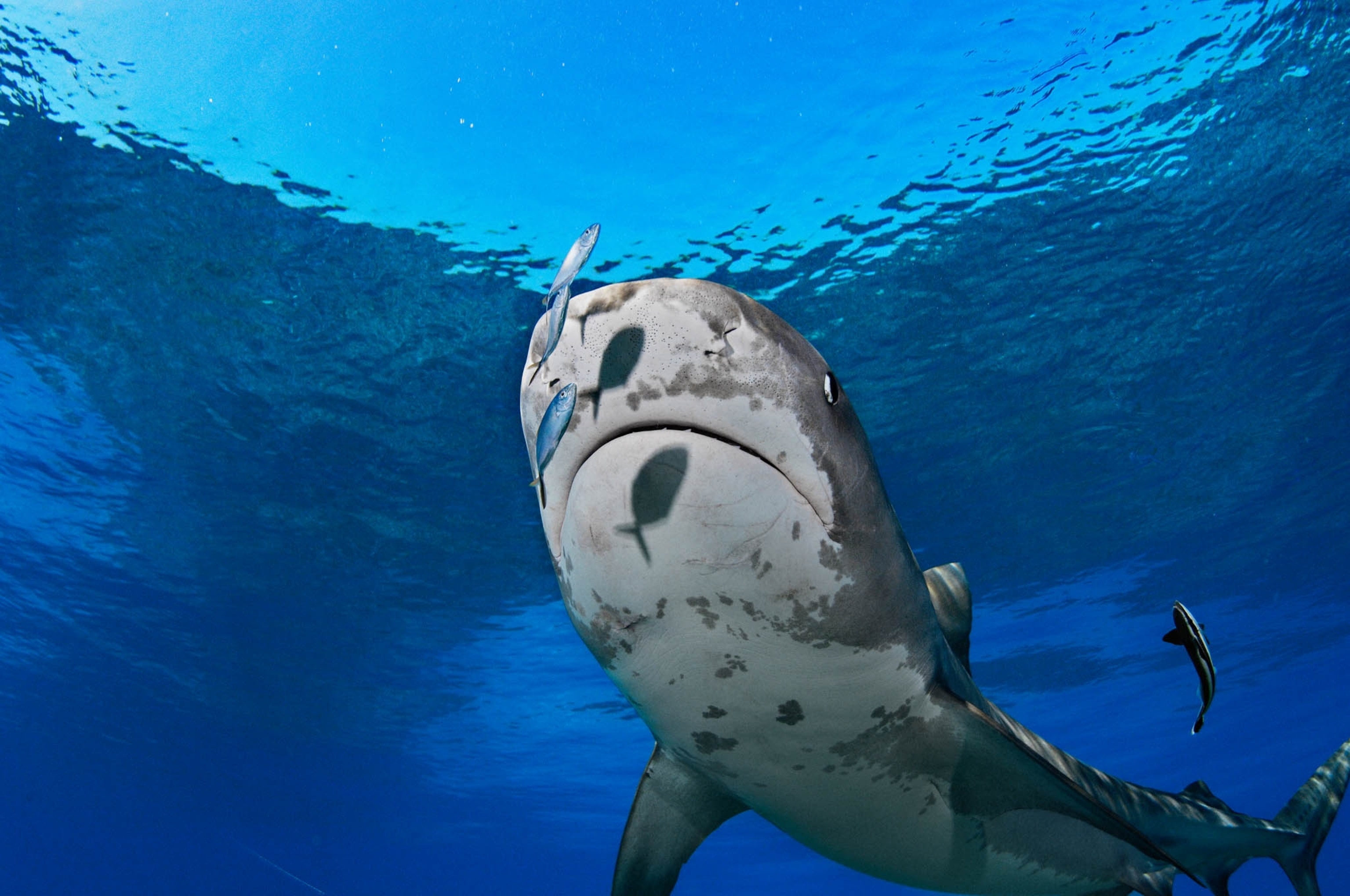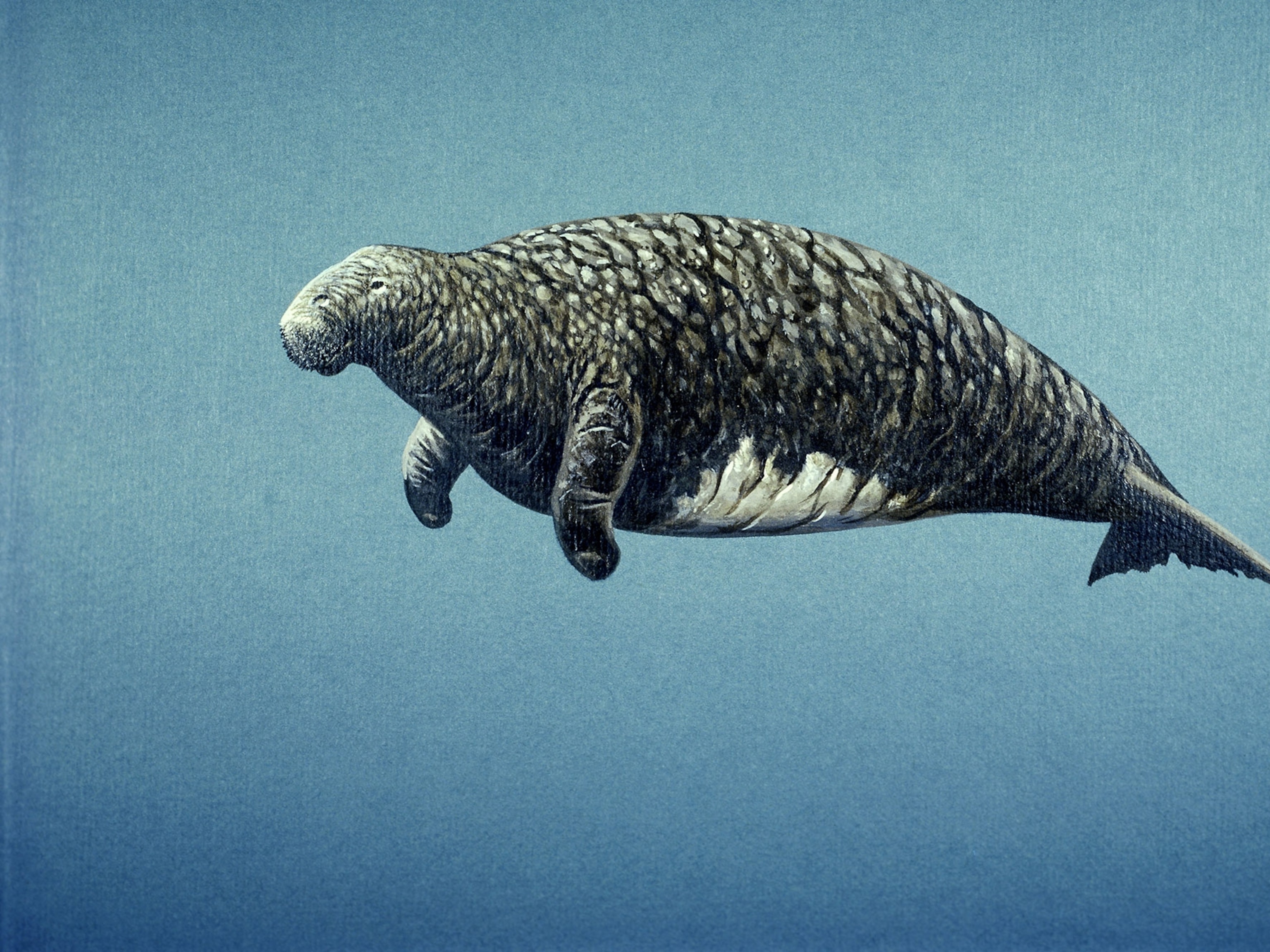
Shark Species Thought to Be Extinct Turns Up in Fish Market
In Kuwait, a smoothtooth blacktip shark was the catch of the day.
When scouting for extremely rare species probably the last place you’d think to check would be “the store.”
And yet it was at a store of sorts–a public fish market in Kuwait to be exact–where marine researchers rediscovered the smoothtooth blacktip shark (Carcharhinus leiodon) in 2008. The species was thought to be extinct, or not even a valid species, since no scientists had reported seeing it since the first specimen was found over 100 years ago, Scientific American reports.
Researchers from the Shark Conservation Society found the shark while working on a survey of elasmobranchs (sharks, rays, and skates, which have skeletons of cartilage instead of bone) and looking at the catches at fish markets in Kuwait, Qatar, and the United Arab Emirates between 2008 and 2010. Scientific American reports that Alec Moore, regional vice chair of the International Union for Conservation of Nature (IUCN) Shark Specialist Group’s Indian Ocean group, spotted the shark.
“It looked slightly different to the species I was expecting to see, in terms of things like fin markings, color, head shape,” Moore told National Geographic via email. Some whaler sharks can be infamously difficult to identify, he said, and can only be separated out by very subtle traits. Later analysis proved this was, indeed, a different species.
The market was called, rather magically, sharq, which means “east” in Arabic (and which makes one wonder how much subliminal messages actually work, though in fairness, some specimens were also found in another market).
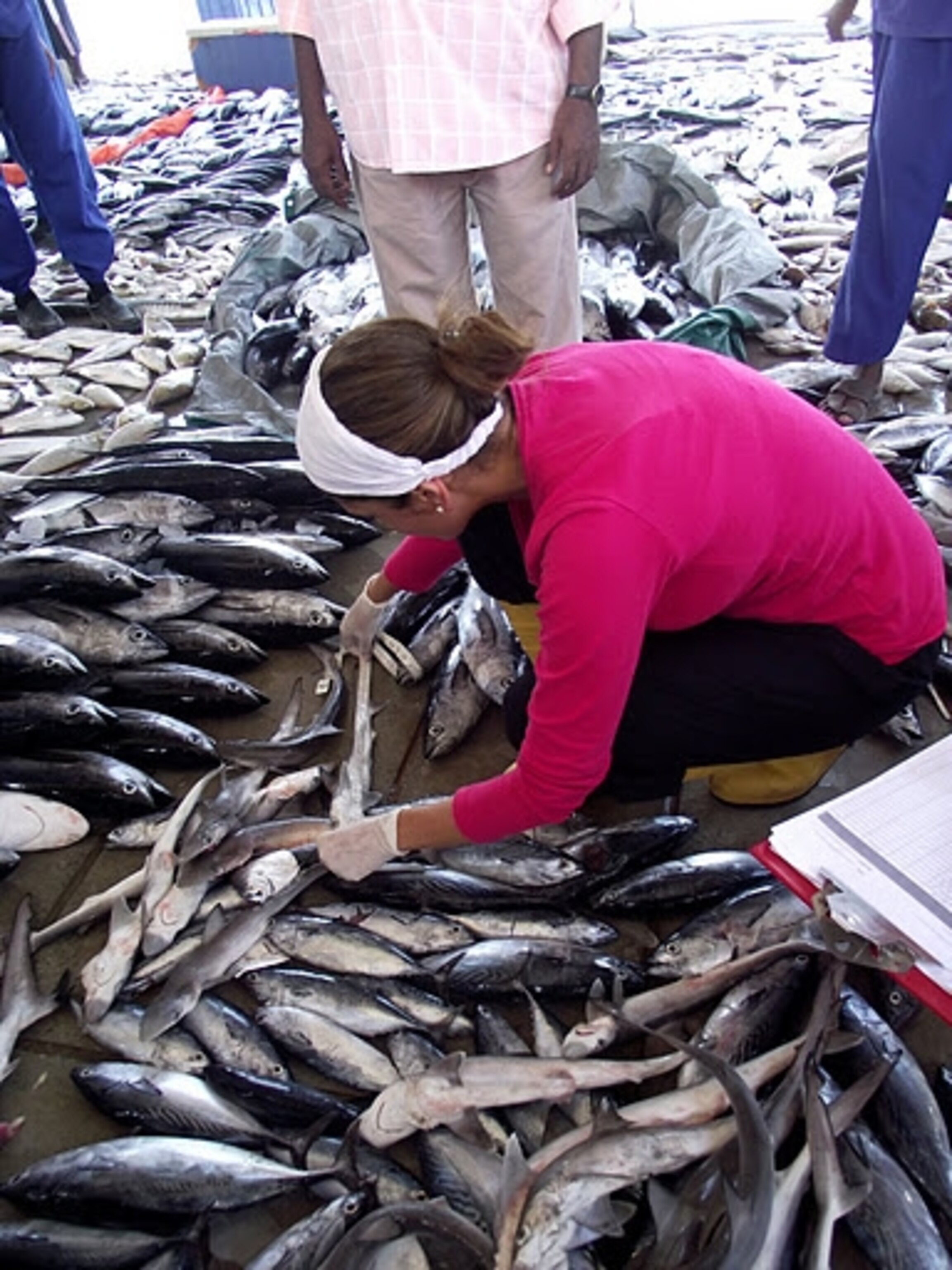
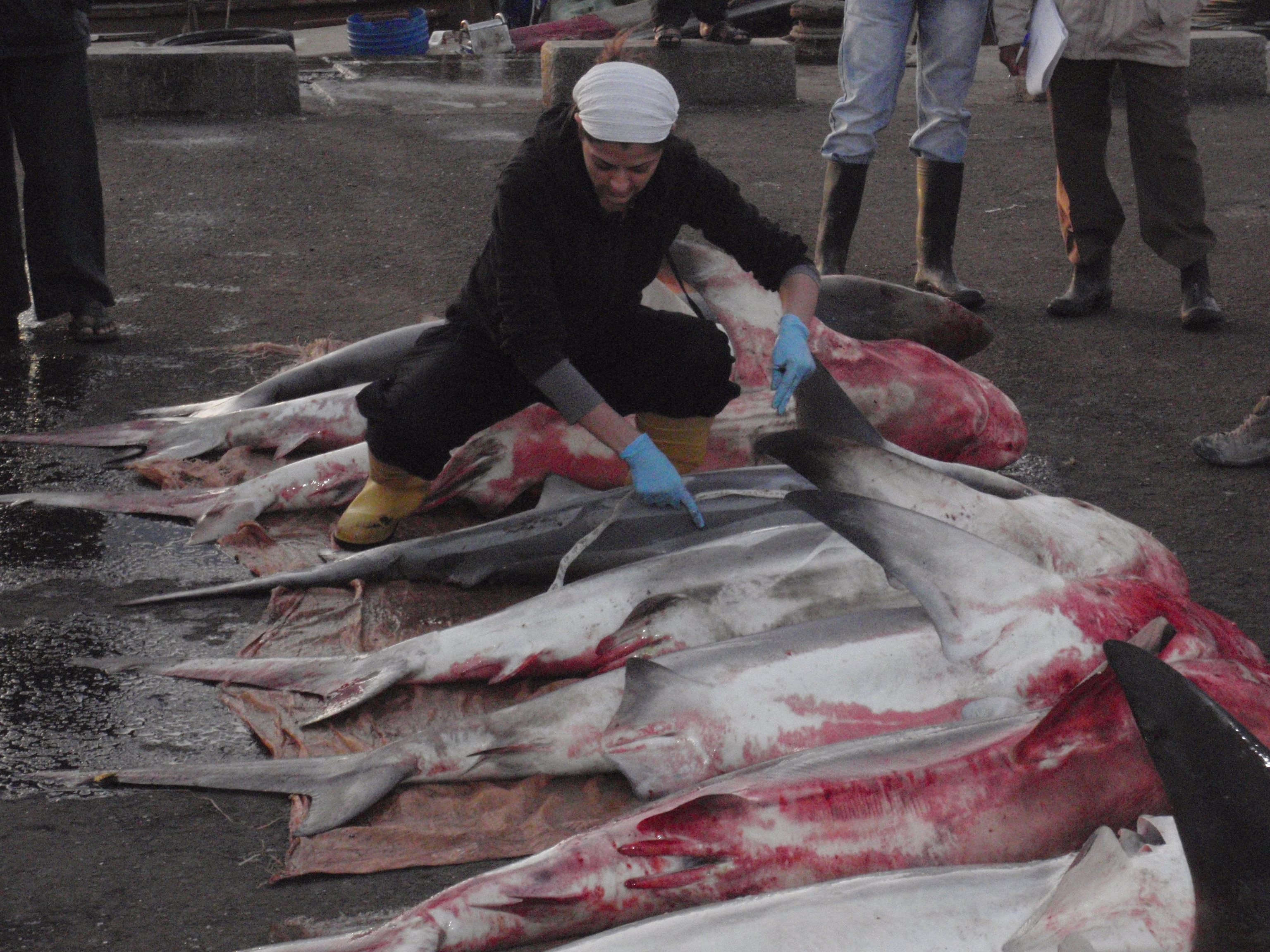
Moore is the lead author of the paper documenting the rediscovery of the species in the journal Marine & Freshwater Research in 2011 and of a subsequent 2013 reportin the same journal. The newer report has further descriptive information, including the fact that the species can grow up to 1,648 millimeters (a little over five feet) and says that females, which mature at 1,312 millimeters (a little over four feet) have litters of four to six embryos.
It also has new information on their habitat and conservation needs: the shark is currently listed as “vulnerable” on the IUCN Redlist. The earlier report, published in 2011, discovered 25 specimens 3000 km (almost 1900 miles) from where it was originally sighted in 1902.
The concern for the smoothtooth blacktip’s conservation status is “the same as for any sharks or rays,” said Gavin Naylor, a professor of biology at the College of Charleston, Medical University of South Carolina, who also worked on the 2011 study.
10 Chilling Photos of Sharks
“They are what we call K selected animals, meaning they are long lived and have few pups, and are thus especially vulnerable to fishing pressures,” said Naylor. “Such animals take a long time to recover from overfishing and are particularly prone to extirpation,” extinction from a local area. And, he points out, “Local extirpation leads to global extirpation when individual animals move long distances, as sharks generally do.”
Naylor says that looking for specimens at markets is extremely common and that researchers have been doing it for 200 years. They go out in boats only when looking for something extremely specific or conducting survey cruises (usually government funded).
Moore wasn’t looking for endangered species in the marketplace, just to document what was being caught. He hopes, however, that this literal market research will become more common, “especially in those countries we have little data for–it is a very cheap way to gather a large amount of data very quickly, as you are sampling a collectively large amount of fishing effort in one place.”
Rima Jabado of the United Arab Emirates University, who worked on the later study, said via email that “it’s unfortunately common to find protected species at markets not only in the UAE but across the world,” and that “building the capacity of the authorities in charge of enforcement and the ability of fishermen to differentiate between the various shark species through awareness, education, and outreach campaigns,” is the best way to move forward in helping protect rare species who end up in fishing nets.
Actually this isn’t the first time a big scientific find has turned up as a potential menu item. In 2010 a lizard species unknown to science–all female and self-cloning–were found to be a popular food item in southeastern Vietnam, where researchers stumbled upon them live, for sale, in a restaurant.


